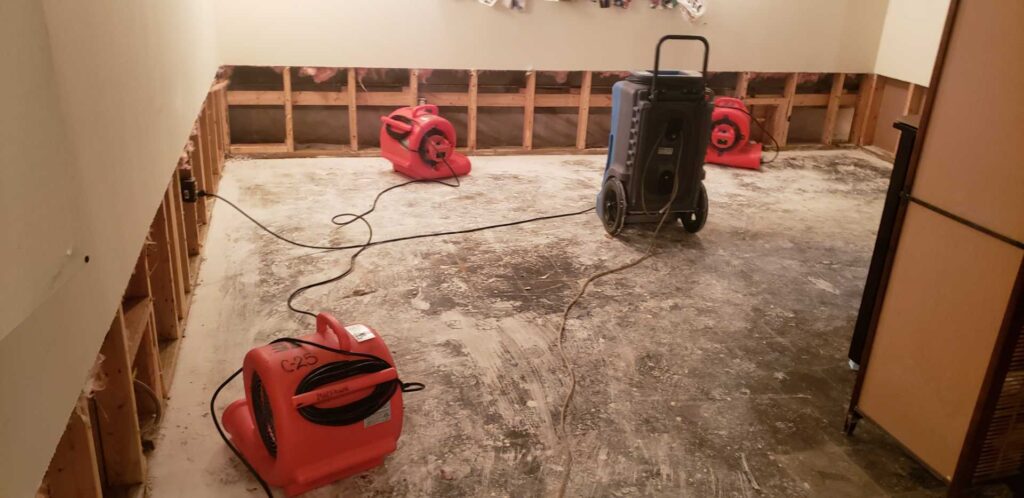
The drying process is a critical step in water damage restoration. While traditional drying equipment is designed to remove moisture from the air and surfaces in the affected area, water trapped within the walls and building materials can take much longer to dry, and may lead to mold growth, if the proper steps are not taken.
Causes of Water Damage
Water damage can be caused by many events, both obvious and hidden. Natural disasters such as hurricanes can damage roofs, leaving a home vulnerable to water. Floods, too, can rush through gaps around doors and windows, filling up sub-levels. However, the most common cause of water damage is a home appliance or structural failure. In fact, these types of water damage cost homeowners billions of dollars in losses every year. Cracked or loose pipes from the mains or appliances can seep water into ceilings and walls, with frozen pipes sometimes bursting during harsh winters.
Wall & Cavity Drying Following Water Damage
Regardless of whether the water damage occurred from a flood or a frozen pipe, the drying process is generally the same. Unfortunately, newer building materials can add a level of complexity to the drying process. While vapor barriers in these new materials are designed to help keep moisture out, they can also make it difficult to break down the materials to repair and dry the space when damaged.
If the water becomes trapped in drywall and insulation, and does not show significant drying by day two, demolition may be required. In this instance, flood cuts are made in the drywall, and sections are removed to allow air into the wall cavity. The cut is made 12-18 inches above where the flood damage stopped.
All drywall that was cut out is properly disposed of, as well as all affected insulation. Once the area is completely dry, new insulation and drywall are installed. When done properly by an experienced team of water damage restoration professionals, there is no evidence that the original wall was ever cut.
Act Fast to Stop Mold Growth
Flood cuts allow moisture issues behind the wall to be properly dried in the correct timeline, without further delay.The drying timeline is so important because mold can begin growing within 48 hours. If mold develops, you could run into much larger problems, as mold is often not covered by insurance plans.
To prevent mold and ensure proper clean up, contact a water damage professional immediately. MacFawn Fire Flood is available 24 hours a day, and offers full-service water damage restoration in Albany NY, Worcester MA, Tampa FL, Media PA, and the surrounding areas. Call 877-MACFAWN for 24/7 Emergency Response.

